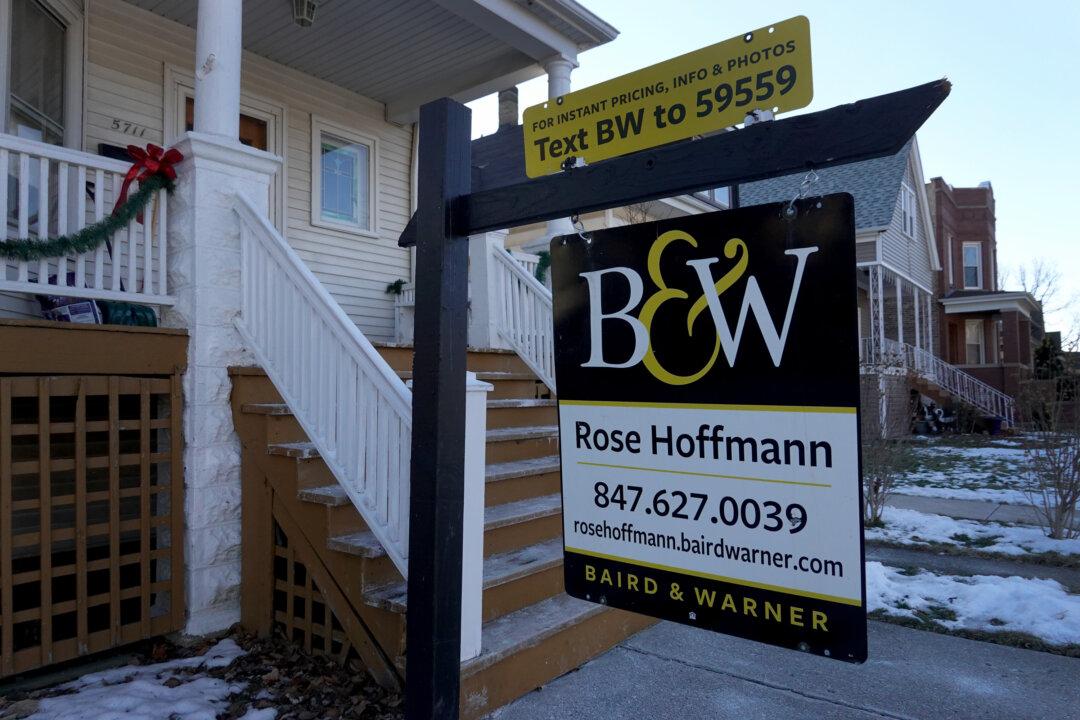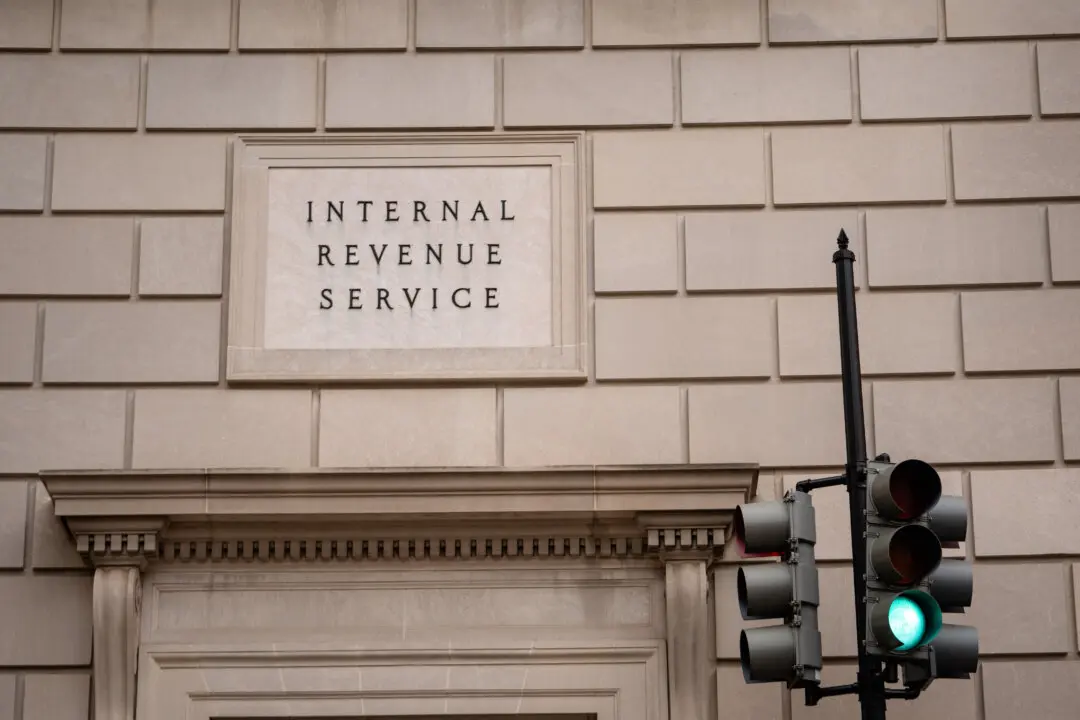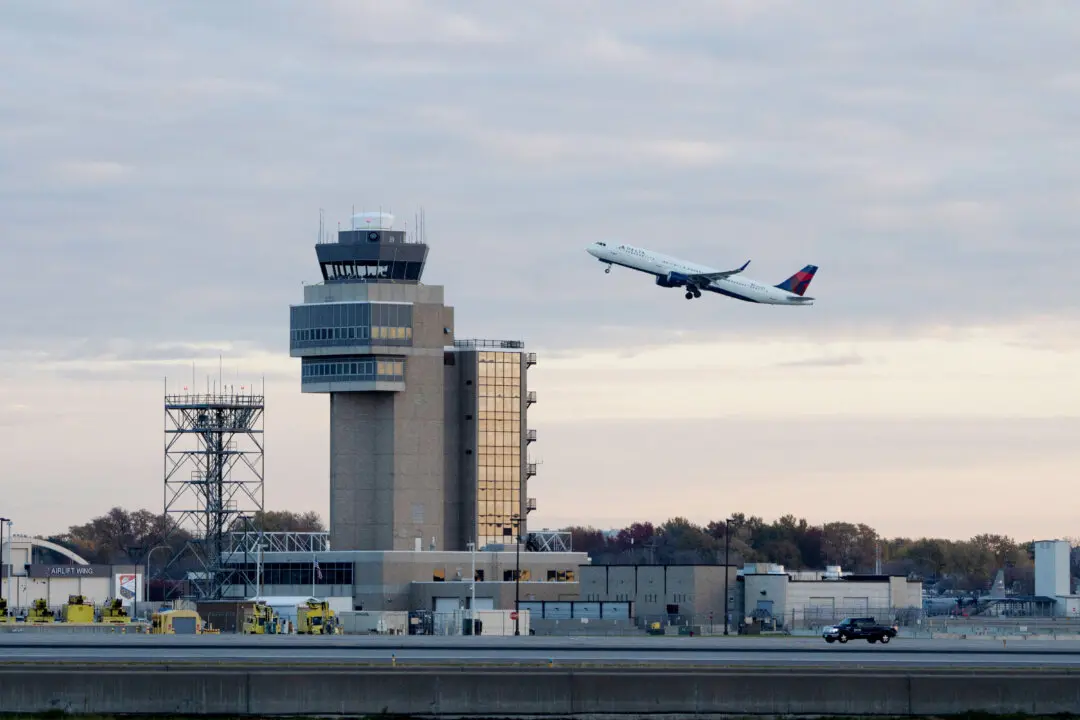Even though mortgage rates eased down a bit, demand for mortgages fell for the week ended Oct. 28, according to data from the Mortgage Bankers Association (MBA).
The Market Composite Index, which measures mortgage loan-application volume, declined by 0.5 percent on a seasonally adjusted basis for the week ended Oct. 28 when compared to a week ago, according to an MBA press release on Nov. 2. The seasonally adjusted Purchase Index was down 1 percent from a week back.





